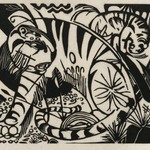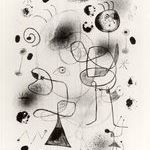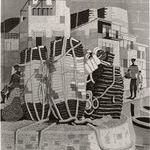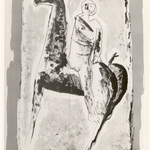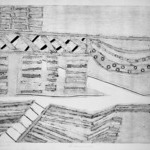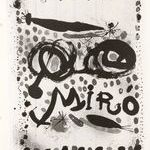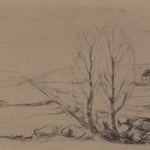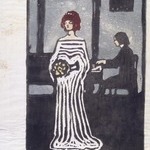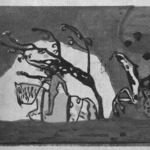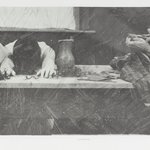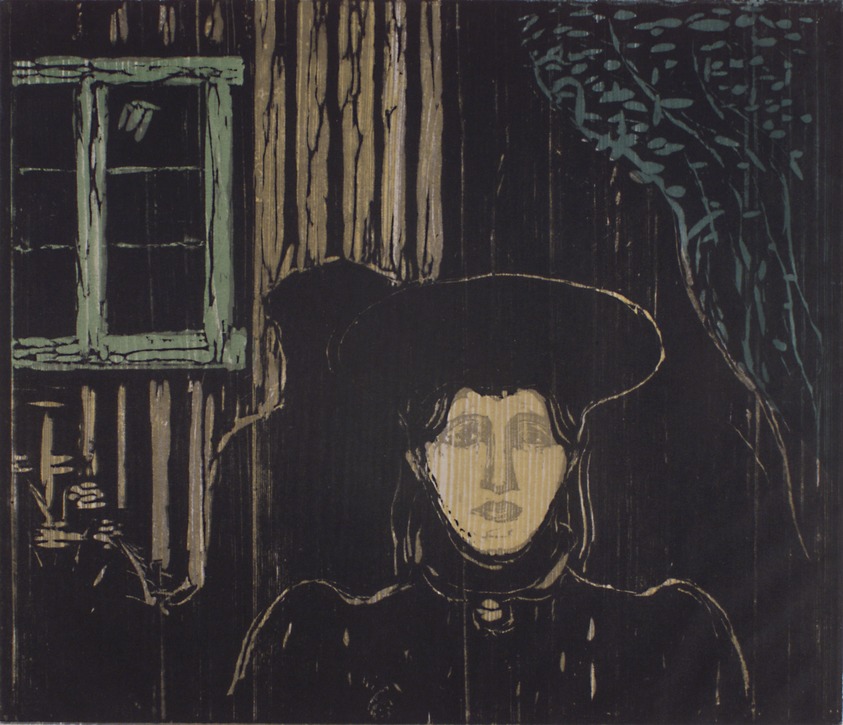
This image is presented as a "thumbnail" because it is protected by copyright. The Brooklyn Museum respects the rights of artists who retain the copyright to their work.
Moonlight (Mondschein)
Edvard Munch
European Art
Paul Gauguin and an artist he influenced, Edvard Munch, were among the late nineteenth-century artists attracted to the formal and emotive possibilities of woodcut. For this print—only his second in the medium—Munch developed a complex and innovative technique. Rather than prepare a separate block for each color, he cut the block into pieces that were individually inked for local areas of color and then, like a jigsaw puzzle, reassembled for printing. He usually created one block for the main figure and another for the background. With his rough carving, flattened pictorial space, and emphasis on the materiality of the wood itself—scraped to reveal the natural grain when printed—Munch was an important influence for early twentieth-century artists who embraced woodcut as one of the key mediums of Expressionism.
Munch adapted this melancholy composition from one of his earlier paintings of a woman, perhaps his first love, with whom he had a brief, unhappy affair.
Munch adapted this melancholy composition from one of his earlier paintings of a woman, perhaps his first love, with whom he had a brief, unhappy affair.
MEDIUM
Color woodcut on laid paper
DATES
1896
DIMENSIONS
image: 15 15/16 × 18 1/2 in. (40.5 × 47 cm)
sheet: 18 13/16 × 22 7/8 in. (47.8 × 58.1 cm) (show scale)



INSCRIPTIONS
Notation in artist's hand (recto). Probably the artist's proof.
COLLECTIONS
European Art
ACCESSION NUMBER
43.18
CREDIT LINE
Carll H. de Silver Fund
MUSEUM LOCATION
This item is not on view
CAPTION
Edvard Munch (Norwegian, 1863–1944). Moonlight (Mondschein), 1896. Color woodcut on laid paper, image: 15 15/16 × 18 1/2 in. (40.5 × 47 cm). Brooklyn Museum, Carll H. de Silver Fund, 43.18. © artist or artist's estate (Photo: Brooklyn Museum, 43.18.jpg)
IMAGE
overall, 43.18.jpg. Brooklyn Museum photograph, 2004
"CUR" at the beginning of an image file name means that the image was created by a curatorial staff member. These study images may be digital point-and-shoot photographs, when we don\'t yet have high-quality studio photography, or they may be scans of older negatives, slides, or photographic prints, providing historical documentation of the object.
RIGHTS STATEMENT
© artist or artist's estate
Copyright for this work may be controlled by the artist, the artist's estate, or other rights holders. A more detailed analysis of its rights history may, however, place it in the public domain.
The Museum does not warrant that the use of this work will not infringe on the rights of third parties. It is your responsibility to determine and satisfy copyright or other use restrictions before copying, transmitting, or making other use of protected items beyond that allowed by "fair use," as such term is understood under the United States Copyright Act.
For further information about copyright, we recommend resources at the United States Library of Congress, Cornell University, Copyright and Cultural Institutions: Guidelines for U.S. Libraries, Archives, and Museums, and Copyright Watch.
For more information about the Museum's rights project, including how rights types are assigned, please see our blog posts on copyright.
If you have any information regarding this work and rights to it, please contact copyright@brooklynmuseum.org.
RECORD COMPLETENESS
Not every record you will find here is complete. More information is available for some works than for others, and some entries have been updated more recently. Records are frequently reviewed and revised, and we welcome any additional information you might have.
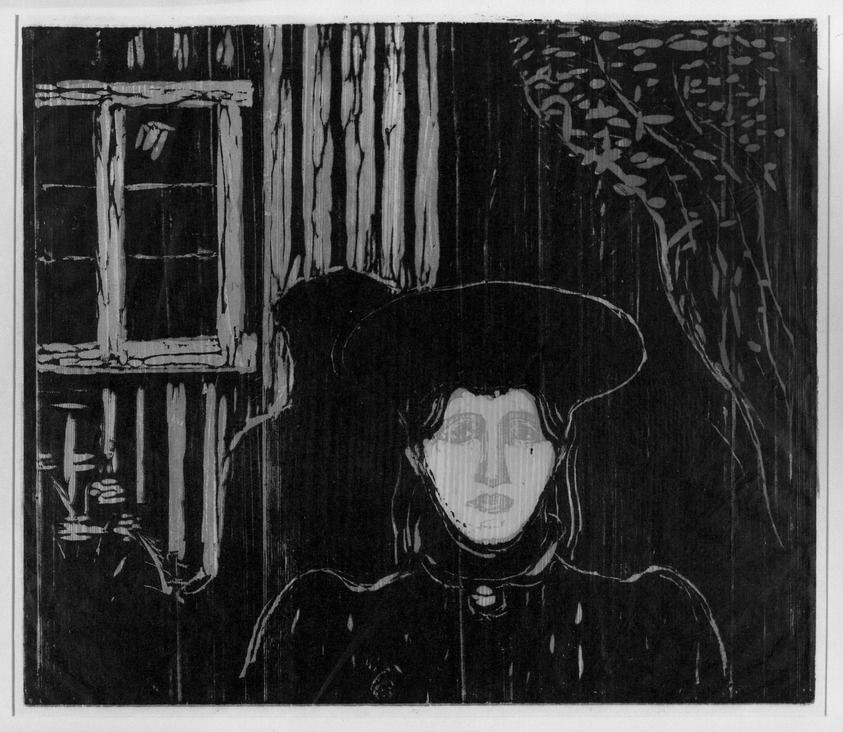
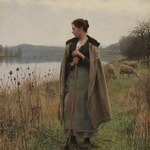
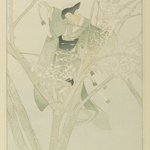

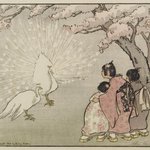

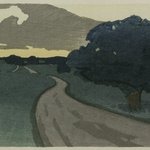
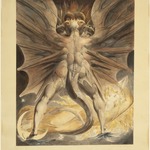

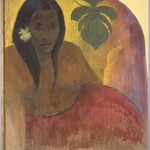
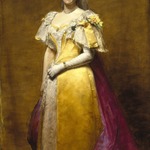
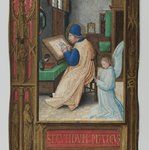
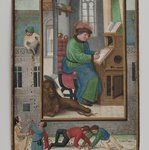
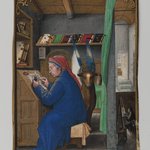

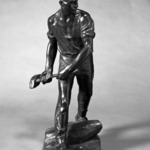
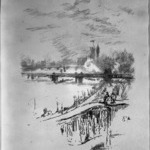
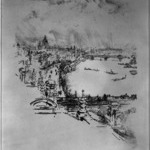


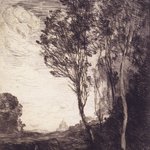
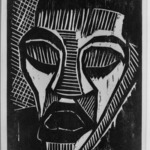
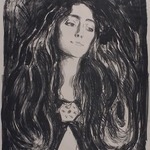
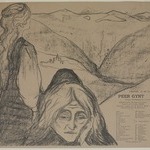

![Portrait of a Girl (Daughter of Bruno Cassirer) (Mädchenbildnis [Tochter Br. C.])](https://d1lfxha3ugu3d4.cloudfront.net/images/opencollection/objects/size2_sq/47.137.5.jpg)

